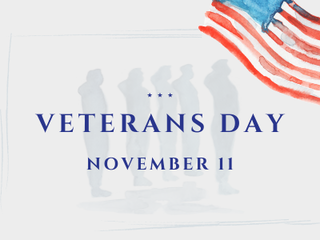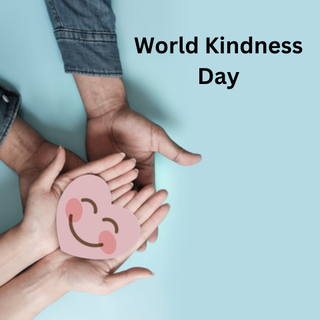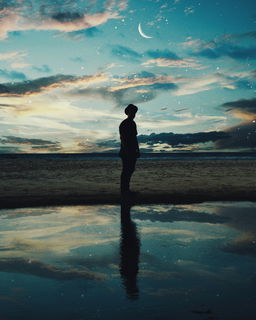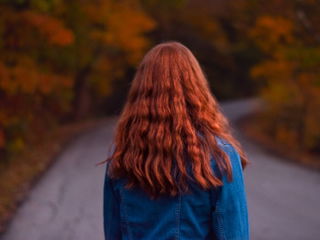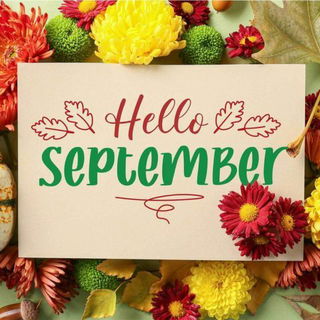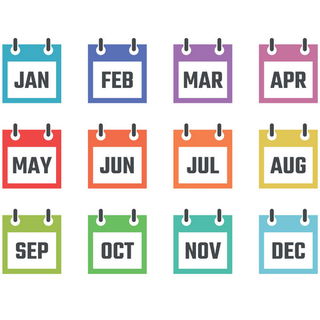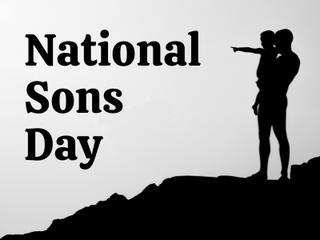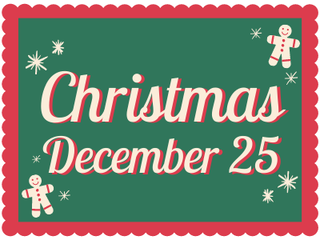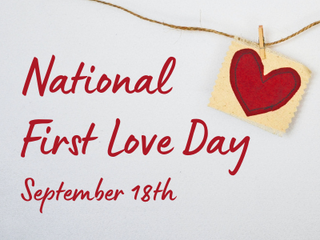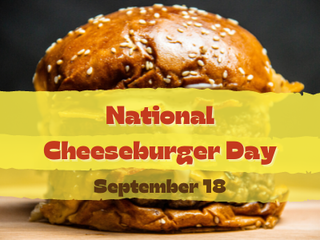- Calendar
- Calendar 2026
- September
- Oktoberfest
Oktoberfest
Oktoberfest is observed every year in Munich, Germany, around mid to late September and runs till the first Sunday in October.
Oktoberfest is the world’s largest beer festival and folk fair, held annually in Munich, Germany. It’s basically a massive celebration of Bavarian culture, beer, food, music, and good vibes that last for about two weeks.
There are huge beer tents, people rocking traditional lederhosen and dirndls, rides, games, and endless pretzels.
When is Oktoberfest 2025
In 2025, Oktoberfest will be held from Saturday, September 20 to Sunday, October 5 making it one of the longest-running editions thanks to the calendar alignment.
Origin of Oktoberfest
The story of Oktoberfest traces back to a royal wedding on October 12, 1810, during the wedding of Crown Prince Ludwig of Bavaria and his marriage to the Princess Therese of Saxe-Hildburghausen.
In order to celebrate this reunion, the royal family invited everyone in Munich to a grand public party on the outskirts of the city.
Later, these fields were known as Theresienwiese which translates to Theresa’s Meadow in honor of the princess. Locals now simply call it the Wiesn.
One big highlight of the celebration was a horse race held on October 18, 1810. This wasn’t a random idea, some say it was suggested by Andreas Michael Dall'Armi, a major in the National Guard.
Others believe it was Franz Baumgartner, a coachman and sergeant, who came up with the plan. There's still some debate about who truly started it all.
No matter who started it, the horse race and celebrations were such a hit that they decided to do it again the following year in 1811.
This kept happening and Oktoberfest became an annual tradition.
The location was perfect. It was open and spacious, great for large crowds.
A hill called Sendlinger Hill now known as Theresienhöhe, was used as a viewing area for about 40,000 spectators.
Apart from a tent for the king, the area stayed mostly empty and natural.
Before the race began, there was a colorful performance. Children in traditional costumes from all around Bavaria paraded to honor the royal family.
Then came the exciting horse race, 30 horses racing on a 3,400-meter (over 11,000 feet) track and a student choir concluded the event.
The winner of the first race was Franz Baumgartner, one of the people believed to have started the festival. He even got a gold medal from Maximilian von Montgelas, a government minister.
The Evolution of Oktoberfest
Oktoberfest added an extra edition to highlight and provide support for Bavarian agriculture and farming that helped understand local crops, farming techniques, and livestock to the public. Unfortunately, the festival was called off because Bavaria's participation in the Napoleonic Wars of 1813 interfered with numerous public gatherings.
This interruption only made Oktoberfest grow bigger and popular with each passing year and started incorporating horse races, bowling alleys, tree climbing contests, and swings.
Carnival booths started offering prizes like porcelain, silver, and jewelry by 1818 and Munich's city government took control of the festival, declaring it an annual event in 1819.
Why is Oktoberfest celebrated in September
Oktoberfest originally took place in October, but in 1832, the date was moved earlier to welcome a Greek delegation, an event that later helped inspire the revival of the Olympic Games. Over time, organizers realized that September offered better weather and longer days, making it ideal for an outdoor celebration. So, the festival gradually shifted to September, where it remains today. While horse races were part of the tradition until 1960, the agricultural fair continues every four years.
The renowned Bavaria statue unveiled in 1850 and the parade consisted of people dressed up in traditional Bavarian attires which became a significant part of the festival.
Even after that, several challenges hit the festival including a tragic cholera epidemic in 1854 claiming around 3,000 lives, including the queen consort.
Other significant moments that led to the cancellation of the festival was the Austro-Prussian War in 1866, the 1870 Franco-Prussian War, and the 1873 cholera outbreak.
Irrespective of these challenges, Oktoberfest continued to grow and by 1880, the festival lights adorned the festival grounds, and bratwurst booths appeared in 1881.
As crowds got bigger, beer booths transformed into large beer halls to better accommodate guests and musicians and glass beer mugs were introduced in 1892.
In 1857, a new tradition unfolded with a parade showcasing breweries, their staff, decorated horses, and brass bands.
It grew even more in the 20th century, and it is reported that during Oktoberfest’s centennial in 1910, visitors consumed a record 120,000 liters of beer. However, World War I forced the festival to pause from 1914 to 1918.
After its early years, Oktoberfest faced smaller celebrations and cancellations, especially during the 1923–1924 hyperinflation crisis.
Under Nazi rule, it was used as a propaganda tool. Jewish workers were banned, and it promoted a unified national identity.
In 1938, after Hitler took over Austria and parts of Czechoslovakia, it was renamed Großdeutsches Volksfest. World War II caused another break from 1939 to 1945. After the war, Munich held a smaller “Autumn Fest” until Oktoberfest returned officially. Altogether, the festival has been canceled 26 times due to war, disease, and financial struggles.
Since 1950, Oktoberfest officially kicks off when Munich’s mayor taps the first beer keg and shouts, “O’zapft is!”
Public safety is a top priority, with help from the German Red Cross, police, firefighters, lost-and-found, child services, and women’s safety teams.
A tragic event happened in 1980 when a right-wing extremist bomb killed 13 people and injured over 225.
It remains Germany’s second-deadliest terror attack and is still being investigated.
In recent years, Oktoberfest has worked to stay family-friendly. Since 2005, loud music is limited during the day, and smoking has been banned indoors since 2008.
Despite challenges, Oktoberfest continues to be a proud symbol of Bavarian culture and attracts millions of visitors every year.
Oktoberfest Celebrations Now
Although, Munich hosts the main celebrations, cities across the world has started their own spin-offs of this festival.
From Cincinnati’s Oktoberfest Zinzinnati to Kitchener-Waterloo in Canada and even Blumenau in Brazil, countries far from Bavaria throw their own Oktoberfest-style parties.
While beer might be the most famous part of Oktoberfest, the food deserves just as much attention.
A festival favorite is Wiesn-Hendl, a whole roasted chicken with perfectly crispy skin and tender meat, served hot and often devoured quickly.
Another classic dish is Schweinshaxe, a hearty pork knuckle that’s slow-cooked until the meat is fall-off-the-bone tender and the skin is delightfully crisp.
For a traditional Bavarian start to the day, there’s Weißwurst, a mild white sausage typically eaten in the morning, paired with sweet mustard and a freshly baked pretzel.
Those looking for a vegetarian option can enjoy Käsespätzle, soft egg noodles generously coated in melted cheese and topped with crispy onions, comfort food at its finest.
And no visit is complete without trying Lebkuchenherzen, heart-shaped gingerbread cookies decorated with colorful icing and phrases like “Spatzl” or “Schatzi.”
These cookies are often worn around the neck or given as charming keepsakes.
Oktoberfest is as much a celebration of Bavarian cuisine as it is of its beer.
Interesting Facts About Oktoberfest
- The beer served must come from Munich’s six official breweries: Augustiner, Hacker-Pschorr, Hofbräu, Löwenbräu, Paulaner, and Spaten.
- There’s a lost and found booth that collects over 4,000 items each year, including dentures and wedding rings (yep, someone really said “prost” and lost their marriage band).
- The beer tents are massive, seating up to 10,000 people each, basically a beer-fueled mini concert crowd.
- Oktoberfest draws around 6 million visitors annually.
- Beer is served by the liter (Maß), no small pours, only big sips.
- Oktoberfest beer is stronger than usual, clocking in at around 6% ABV, handle with care (and pretzels).
- The opening parade features over 8,000 participants, including people in traditional dress, musicians, and beer-drawn wagons.
- Dancing on benches is fine. Dancing on tables? Not so much. That’s a fast pass to being politely escorted out.
- More than 500,000 roast chickens are devoured each year, chicken might just be the real Oktoberfest MVP.
- Tuesdays are Family Days, with discounted rides and food, plus non-alcoholic drinks for the kiddos.
- The lost and found has seen it all, wheelchairs, segways, and even Viking helmets. No questions asked.
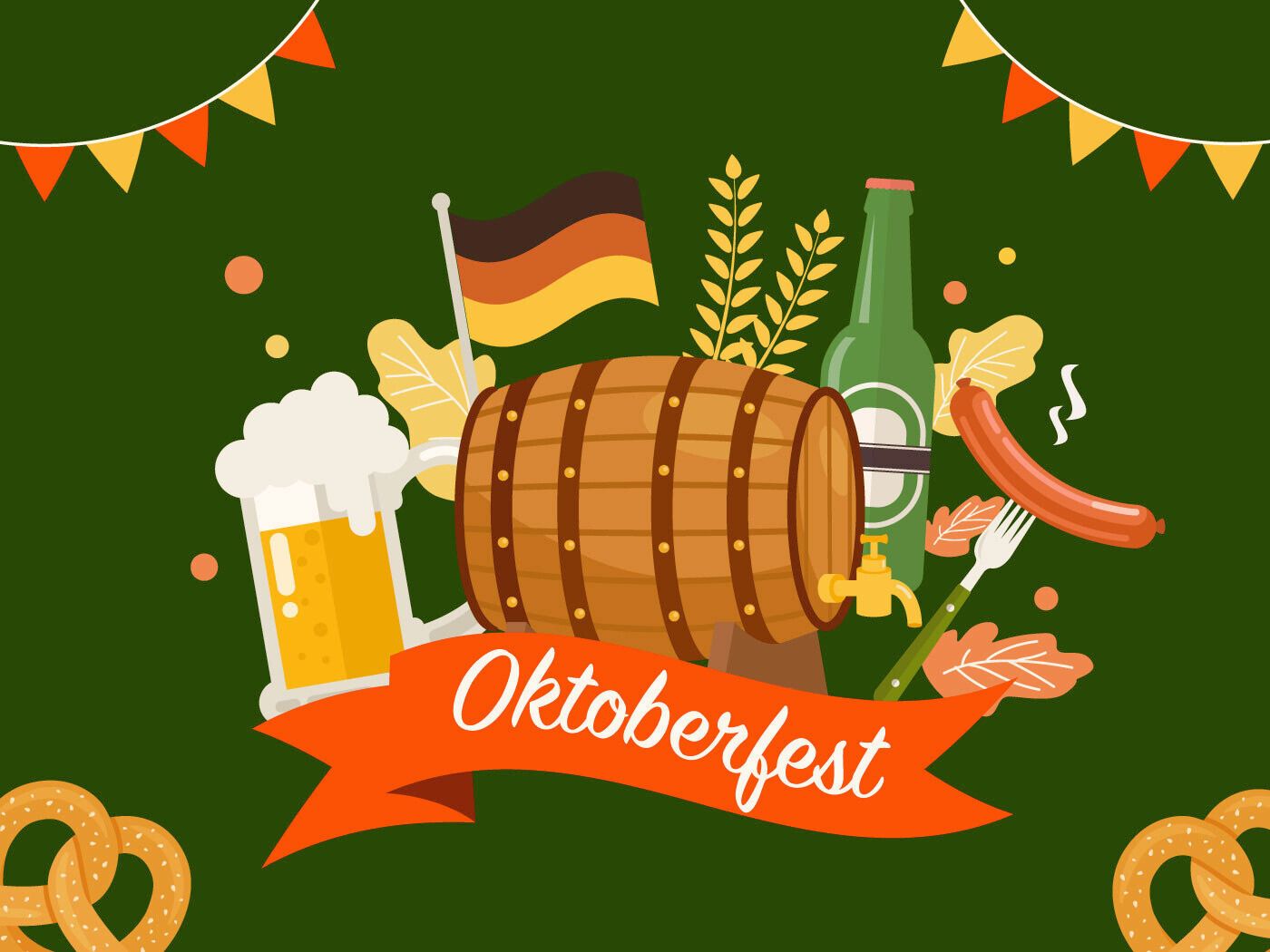
Other Celebrations
-
Sep 22 Mon
-
Sep 28 Sun

Oktoberfest 2025
Date: Saturday, 18 September 2027
Date: Saturday, 16 September 2028
Date: Saturday, 15 September 2029


